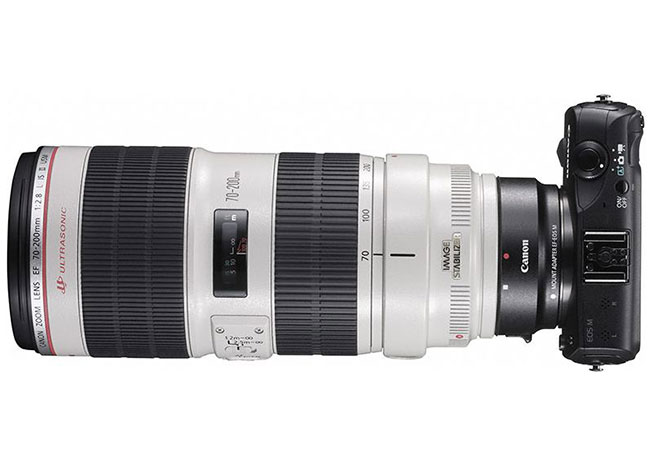Andrew Reid, a respected observer of the imaging scene and publisher of EOSHD, a web site for digital film makers, adds some further insight into the current industry malaise in a just published article titled
Consumer DSLRs “dead in 5 years”. A good read, populated with some scary statistics.
Further Thoughts
Are we observing the end-game of the photographic industry as we know it? Maybe, maybe not. But a look at how quickly the music industry transitioned from LPs, to audio cassettes and CDs, and then to downloads, and the video entertainment industry from VHS, to DVD, to online streaming, is a saluatory lesson in how industries can change almost overnight.
Tablets are now a daily part of our lives. They didn't even exist three years ago.
Netflicks and streaming video? They only sold DVDs two years ago.
I hate to say it, but the marketplace for high-end cameras is shrinking faster than Greenland glaciers. Remember Hi-Fi and high-end stereo stores? Almost all gone now. Visit a big box electronics store and what do you see – a wall with 50 giant flat screen TVs and nary a stereo system in sight.
DVD players? Blu-Ray players? Back shelf. 3D TVs? Almost being remaindered. Video rental stores? Are there any still left in your town?
The rate of change in consumer electronics is moving faster than anyone could ever have foreseen, and the photographic industry
is now the consumer electronics industry.
The classic DSLR is heading toward the singularity. Nikon's imminent announcement of the retro DF camera is a telling sign-post. When companies start appealing to past glories you know that there's a fork in the road coming.
No – DSLRs won't completely die out. You can still buy high-end stereo gear after all – if you search for them. But I agree with Andrew and other industry observers. DSLRs will diminish in market share and likely will become a niche product for wealthy enthusiasts. Mainstream enthusiasts will move to so-called mirrorless system cameras and the mass market will happily take pictures with their smartphones while uploading them in real-time to Facebook.
Sony has seen the writing on the wall better than most. So have Olympus, Fuji and Panasonic. Nikon and Canon have had an ostrich-like mentality and are therefore about to be side-swiped by a market shift oftsunami proportions. Unless their market planners grow the cojones needed to adapt to the changing marketplace, in a few short years there'll be a lot of executives in Japan staring out the window at atrain that has swiftly left the station.
Don't misunderstand. The photographic industry will remain vibrant. It just is going to require the photo industry counterparts of General Motors to be aware of the shifting ground beneath their feet before it topples them.
You and I will likely continue to do our photography with some terrific new camera gear in the years ahead. It just may not be from the same companies that we've been buying from in the past.
October, 2013
http://www.luminous-landscape.com/essays/pdn_photoplus_2013.shtml#update
